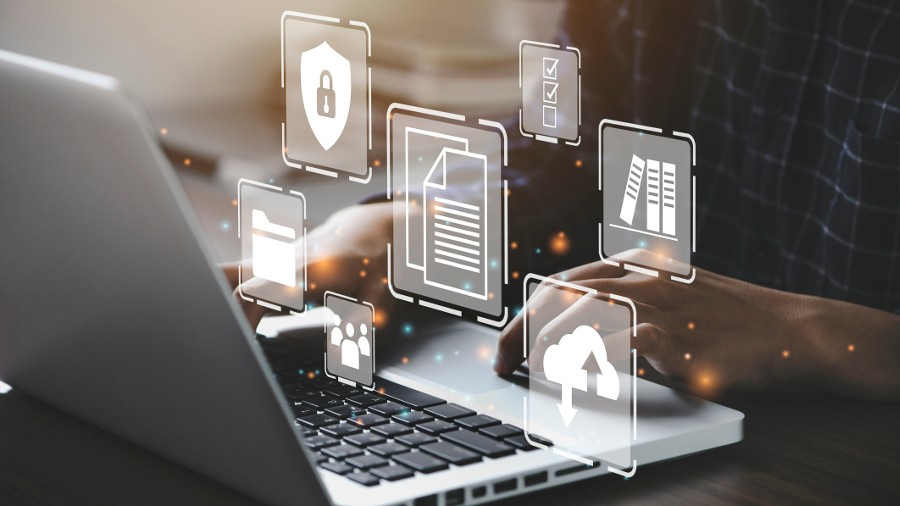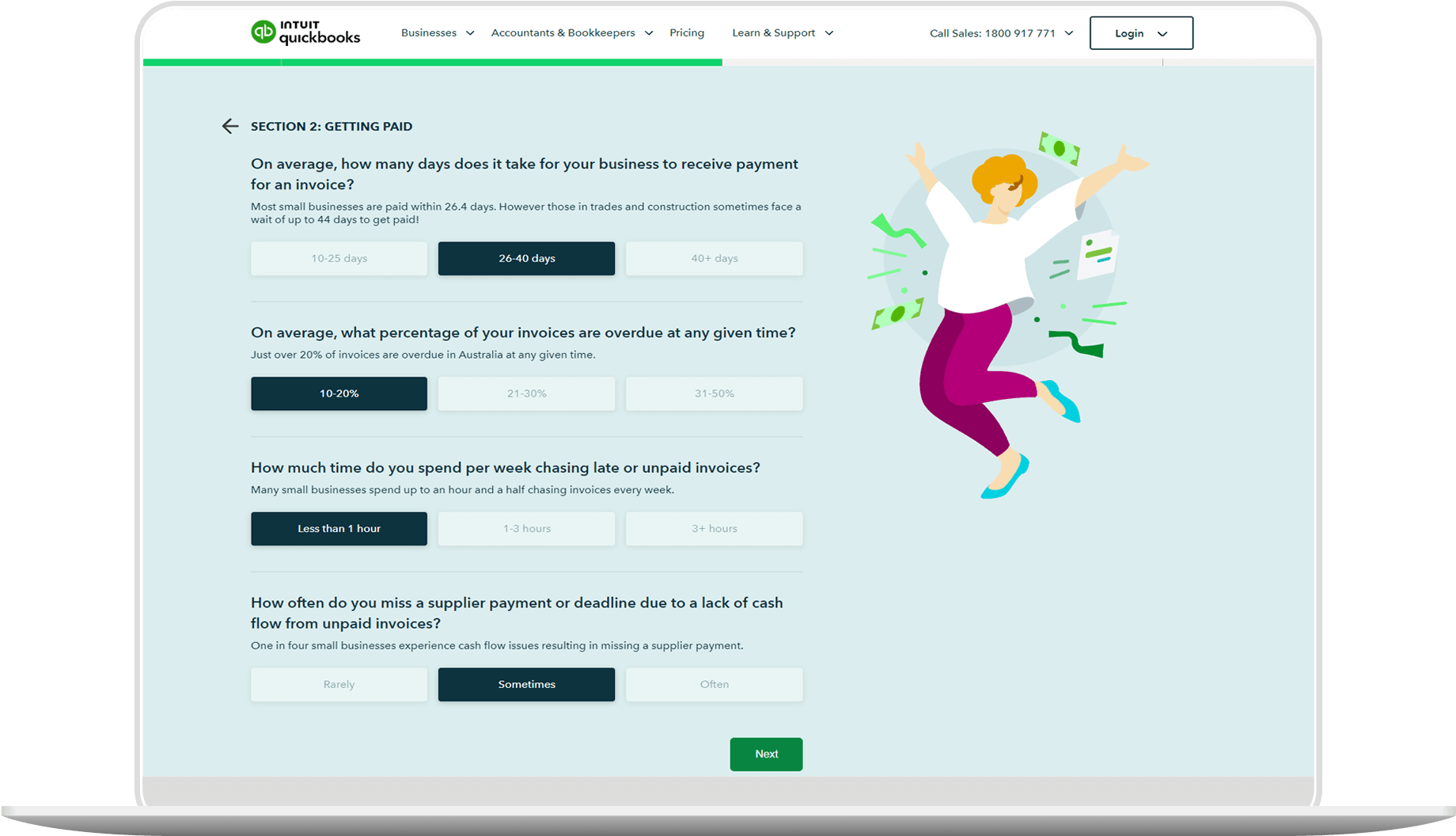In today's rapidly evolving business environment, digital products can play an important role in maintaining productivity and efficiency for many businesses.
This means understanding the tax deductions available for digital product expenses is key for you as a business owner. For example, you could claim a mobile phone tax deduction or an internet tax deduction.
It’s important to be aware of all the deductions you’re entitled to, as this could affect your bottom line come the end of the financial year (EOFY).
We’ll explore the different types of expenses related to digital products to help you better understand the deductions available for your business.




















